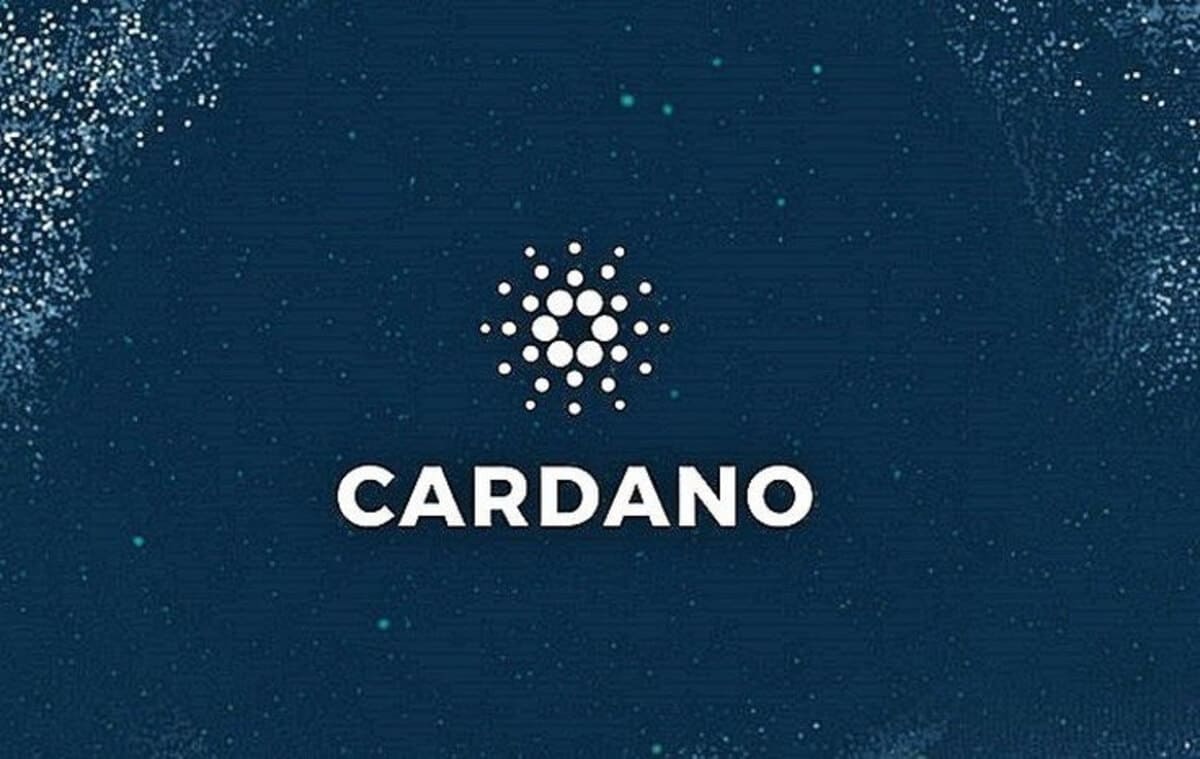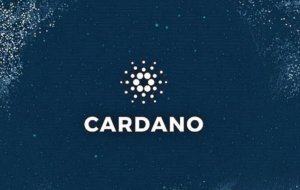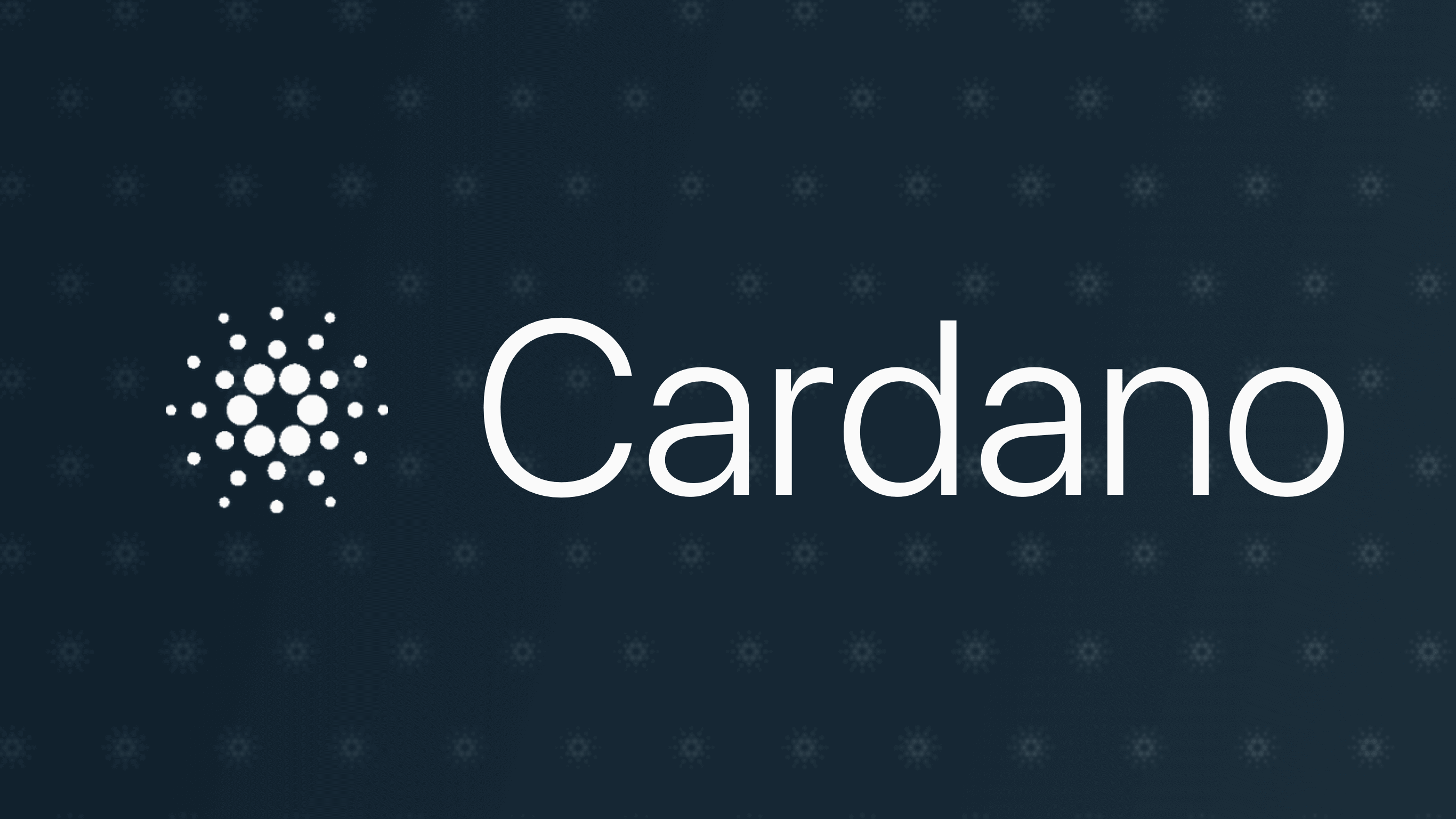Join Our Telegram channel to stay up to date on breaking news coverage
On Wednesday, Cardano launched its Ouroboros Hydra protocol. The off-chain stability protocol which could scale faster than the Visa payment network was released after 5 years of development.
A scalability solution
Blockchain projects have suffered from one big issue over the years-scalability. With the Ouroboros Hydra protocol, the Cardano blockchain can be scaled immensely with low latency. It will also use smaller storage on the blockchain nodes. This scalability solution makes Cardano blockchain apt for numerous applications like voting, micropayments and even for insurance contracts. Most transactions that require instantaneous results or low fees can be managed on the blockchain with ease.
Inside Outside Hong Kong or IOHK is the firm working behind Cardano. The company said that the Hydra protocol was made possible with a five-year collaborative research project funded by the European Union. Theoretically, it could scale to one million transactions per second. This extensively high thoughtput is higher than the fastest and best global payment systems in the world. Note that Visa reportedly has a thoughtput of 24,000 transactions per second.
An IOHK spokesperson said that each user of the Hydra protocol will generate 10 heads which will work like thoughtput lanes for transactions and data. As a result, the latency rate of the network remains low while it scales and the transactions become faster.
Better than Visa
The University of Edinburgh ran simulations on Hydra suggesting that the solution can easily handle 1,000 transactions per second. However, it can also be scaled further. In an announcement, it wrote,
“With 1000 heads the network could theoretically scale to a million transactions per second – comfortably in excess of current global payment systems such as VISA.”
It also notes,
“Essentially, the bottleneck becomes the network connection between the participants, not the protocol.”
This means that Hydra has the potential to reach the theoretical maximum number of transactions given the geographical distance, number of participants and network speed limitations.
Aggelos Kiayias, the director of Edinburg University’s Blockchain Laboratory commented on the solution and said that scalability is the holy grail of blockchain. He added that it is now time for an evidence-based and principled approach in designing and engineering blockchain scalability solutions. He gave a heads up to the research, calling it a “decisive step” in achieving scalability.
Note that the Ethereum Foundation was also working on Plasma, a second-layer scalability solution but gave up the plans without making a public announcement.
Join Our Telegram channel to stay up to date on breaking news coverage



